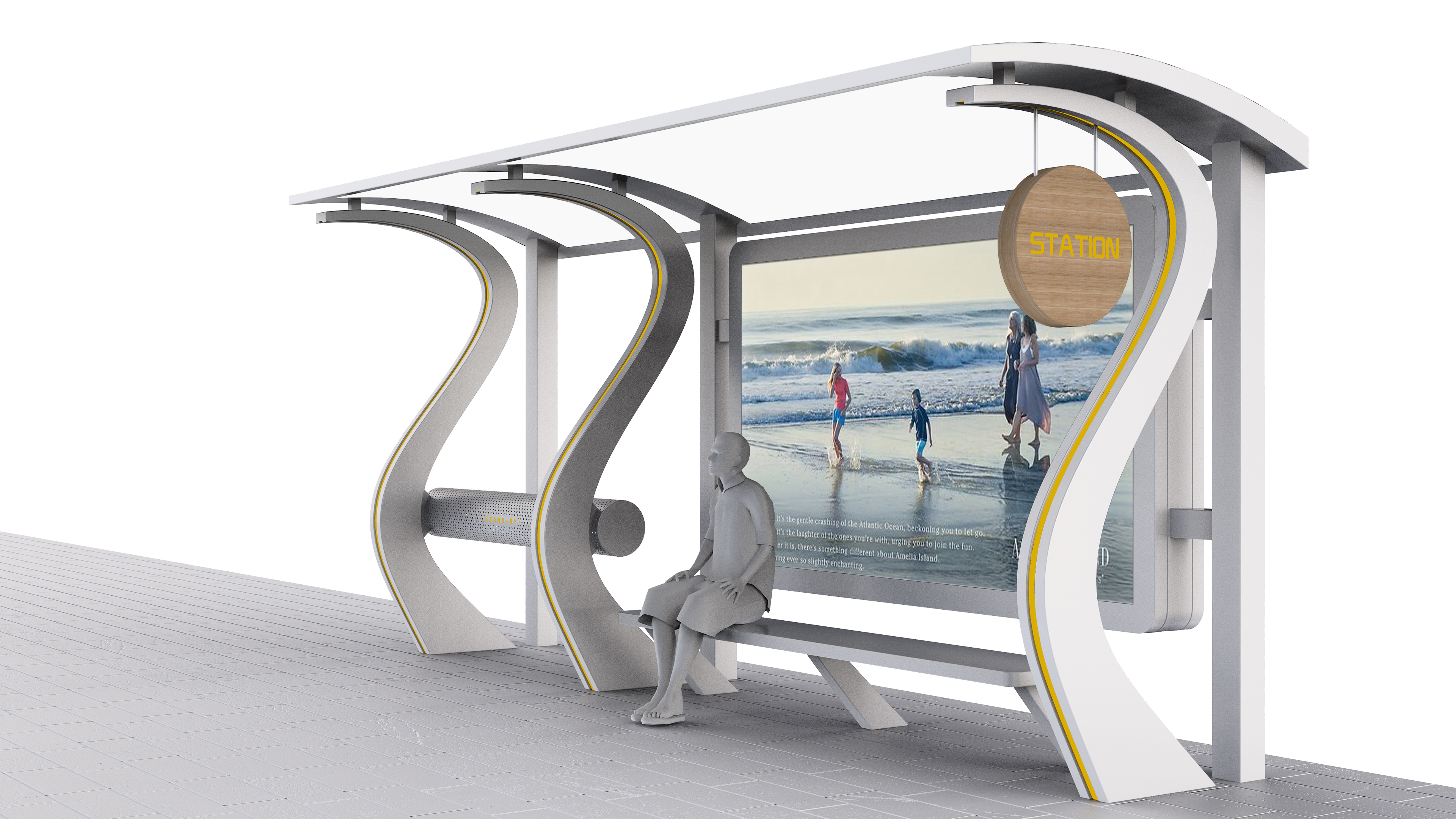The development strategy of public transportation priority is one of the important choices for cities to alleviate traffic congestion and deal with people's travel. As an important urban transportation infrastructure, the reasonable setting of bus shelters can not only improve travel safety and convenience, but also reduce the impact of bus stops on traffic and improve the overall traffic power of the road.
1. The length of the bus shelter
The length of bus shelters often varies greatly, ranging from a few meters to tens of meters. However, the correct and appropriate length of the bus shelter can make it convenient for citizens to travel without adding road burden. If the length of the bus stop shelter is too long or too short, the value of the shelter cannot be reduced.

2. The depth of the bus shelter
The depth of the shelter of the bus station is generally within the range of 1.5m-2m. Let's talk to us about why it is this scale. If the width of the roof of the bus stop shelter is too long and extends to the road surface, it will cause hidden dangers to the bus entering the station, but if the width is too small, it will not provide good wind and rain protection for passengers. Therefore, within the range of 1.5m-2m, the normal operation of operating vehicles can be ensured, and passengers will not be exposed to wind and rain.
3. The height of the bus shelter
The height of the bus shelter is generally not less than 2.6m and not more than 3 meters. Too low will not only affect the vision of passengers, but also make people feel depressed.
The length, width and height of the bus shelter, the size of the seats in the shelter, guardrails, stop signs, boxes and trash bins have also established very sophisticated standards with the development of the city. Therefore, when we are choosing the shelter, if we don't understand the design of the bus station shelter, we can contact us at any time.








 Share to:
Share to: